
Constant Color
A simple pure shaded color.
Learn moreA collection of shader and experiments using VEX Language. Here you are going to find:
If you want to know more, please consider vising the repository.
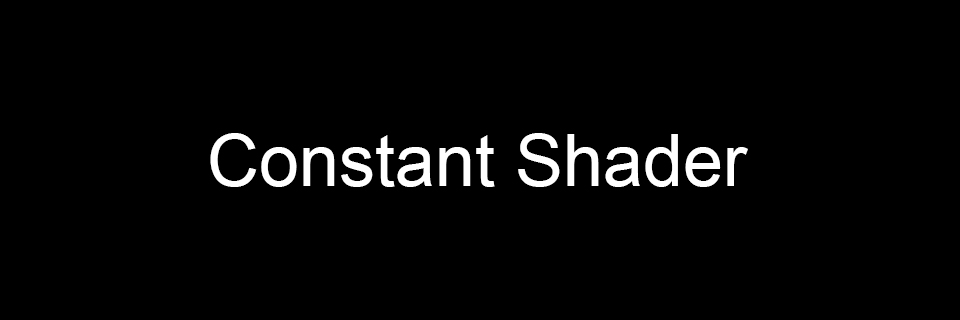
Constant shaded color and not affected by lighting. It is probably the most basic shader to produce.

A simple pure shaded color.
Learn more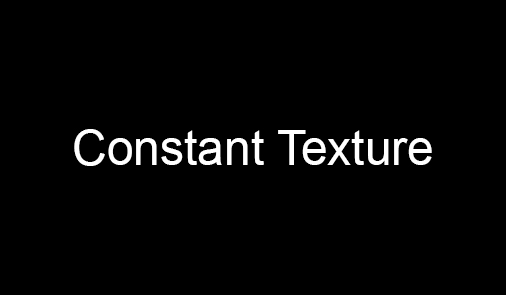
A simple pure shaded color from texture.
Learn more
A simple iridescence effect inspired by the Goniochromism phenomenon, which varies its aspect based on the relationship between the surface normal and the camera angle. The visual beautification is due the pseudo noise function, that makes the aspect a little more appealing.
float NaiveNoise(vector freq, offset) {
// Naive noise function to make irregularity
return sin(2*PI*P.x*freq.x*2 + 12 + offset.x) +
cos(2*PI*P.z*freq.x + 21 + offset.x) *
sin(2*PI*P.y*freq.y*2 + 23 + offset.y) +
cos(2*PI*P.y*freq.y + 32 + offset.y) *
sin(2*PI*P.z*freq.z*2 + 34 + offset.z) +
cos(2*PI*P.x*freq.z + 43 + offset.z);
}
vector iridescence(
float orient,
noiseMult;
vector freqA,
offsetA,
freqB,
offsetB
) {
// This function returns a iridescence value based on orientation
vector irid;
irid.x = abs(cos(
2*PI*orient*freqA.x + NaiveNoise(freqB, offsetB)*noiseMult + 1 + offsetA.x
));
irid.y = abs(cos(
2*PI*orient*freqA.y + NaiveNoise(freqB, offsetB)*noiseMult + 2 + offsetA.y
));
irid.z = abs(cos(
2*PI*orient*freqA.z + NaiveNoise(freqB, offsetB)*noiseMult + 3 + offsetA.z
));
return irid;
}
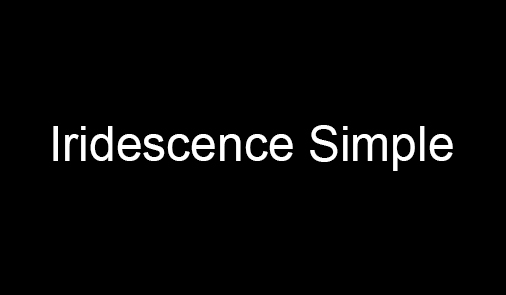
A simple iridescent shader.
Learn more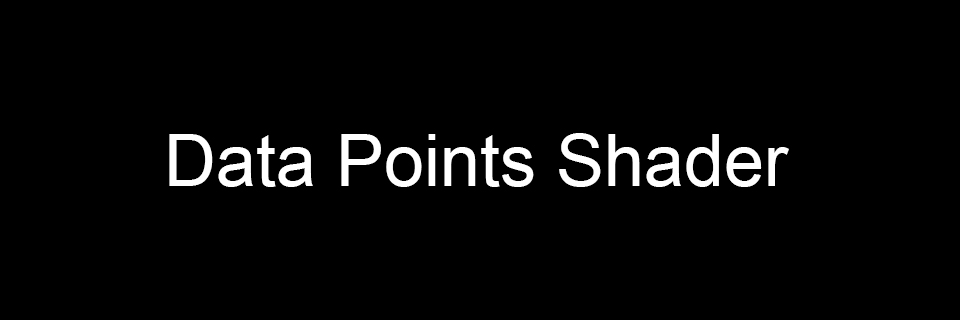
Reading data points and attributes from .bgeo files
and bringing into shaders for whichever purpose. The main
function which brings the point data into the shader context is
expandpointgroup, given a filepath and a
group name. The result is an array of
point IDs so we can iterate through it.
string DATA = "../path/to/file.bgeo";
string group = "group_name";
int p[] = expandpointgroup(DATA, group);
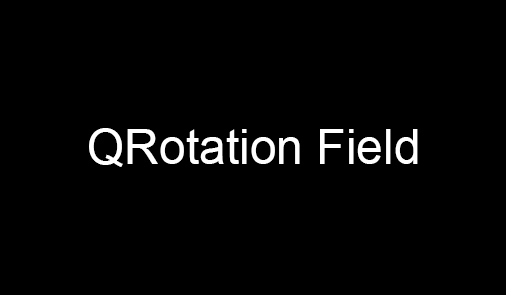
A quaternion rotation field, using data points as centroids and respective normals as axes.
Learn more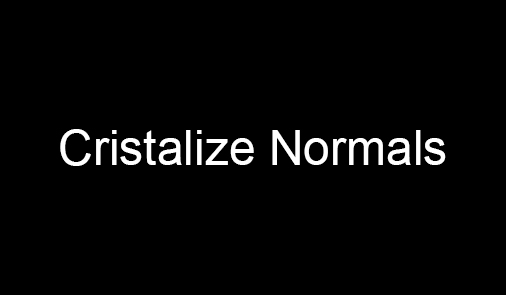
Transfer normals from the data points to the shader context, using voronoi distribution.
Learn more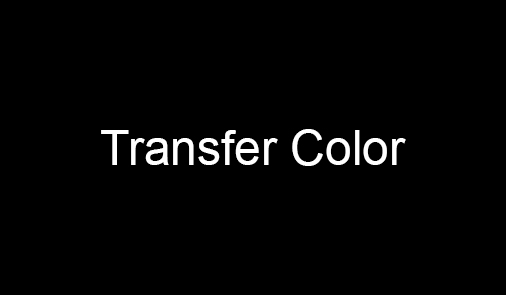
Transfer color radially from the data points to the shader context.
Learn more